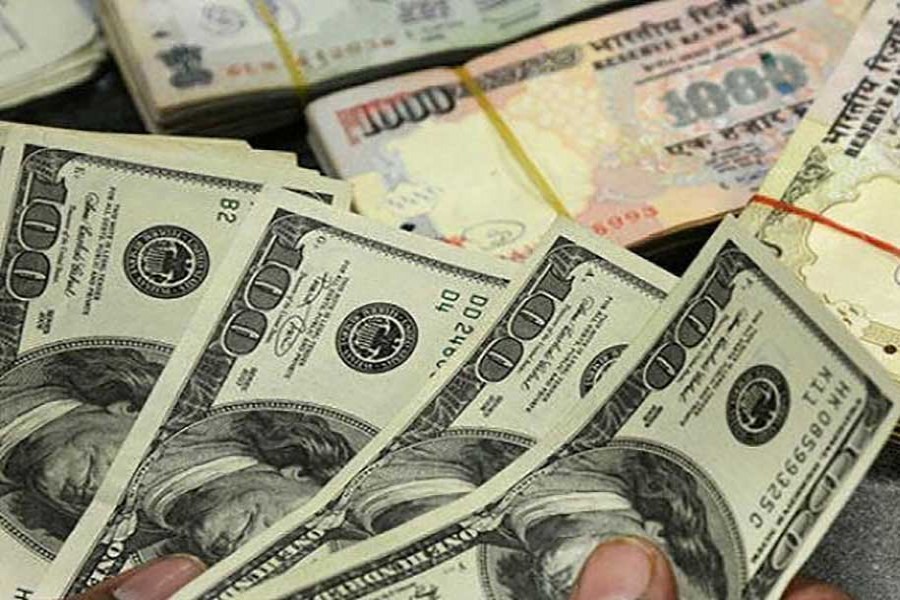The country’s foreign exchange reserves rose to USD 33.23 billion at the end of December – marking $630 million rise compared to that of November.
Bangladesh Bank said the reserve stood nearly 3.4 per cent up from the previous year and sufficient enough to cover about 10 months’ worth of imports for a country having 160 million people.
According to the central bank data, steady garment exports and remittances from Bangladeshis working abroad — the key drivers of the country’s more-than $250 billion economy — have helped foreign exchange reserves grow steadily in recent years.
Tehran-based Financial Tribune reports that Bangladesh’s economic growth hit a record 7.28 per cent in the financial year ending June 2017, up from 7.11 per cent in the previous year.
For Bangladesh, it said, 2017 has been a mixed year of achievements and challenges.
Although some macro indicators reflect the positive trends, the overall strength of the economy is weakening due to a number of developments toward the second half of the year.
Food inflation in Bangladesh is, it reported, showing an increasing rate in recent months although average inflation has been around 5.5 per cent.


